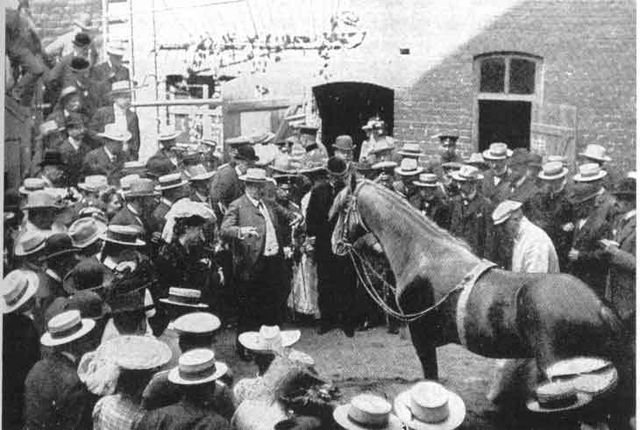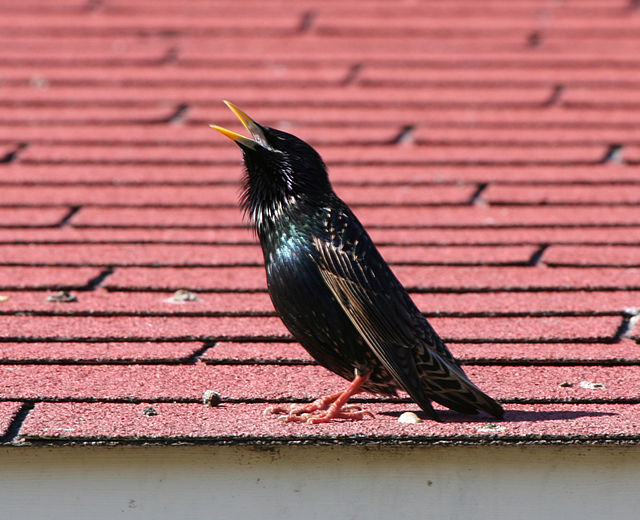Animal languages are forms of non-human animal communication that show similarities to human language. Animals communicate through a variety of signs, such as sounds and movements. Signing among animals may be considered a form of language if the inventory of signs is large enough. The signs are relatively arbitrary, and the animals seem to produce them with a degree of volition. In experimental tests, animal communication may also be evidenced through the use of lexigrams by chimpanzees and bonobos.
Parrots (Australian ringneck)
Human (Claudine André) and bonobo.
Clever Hans, an Orlov Trotter horse that was claimed to have been able to perform arithmetic and other intellectual tasks
Animal communication is the transfer of information from one or a group of animals to one or more other animals that affects the current or future behavior of the receivers. Information may be sent intentionally, as in a courtship display, or unintentionally, as in the transfer of scent from predator to prey with kairomones. Information may be transferred to an "audience" of several receivers. Animal communication is a rapidly growing area of study in disciplines including animal behavior, sociology, neurology and animal cognition. Many aspects of animal behavior, such as symbolic name use, emotional expression, learning and sexual behavior, are being understood in new ways.
Great egret (Ardea alba) in a courtship display communicating the desire to find a mate.
Two killer whales navigating around a seal (prey).
Bird calls can serve as alarms or keep members of a flock in contact, while the longer and more complex bird songs are associated with courtship and mating.
An alert motionless groundhog whistles when alarmed to warn other groundhogs.







